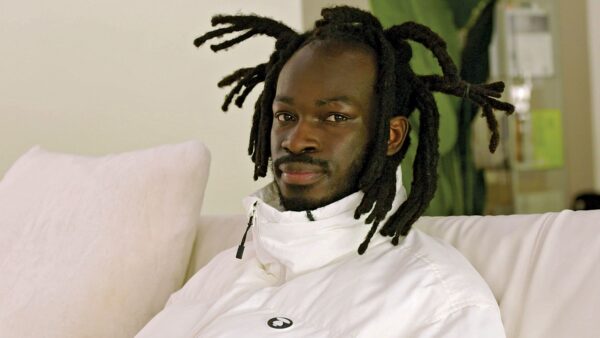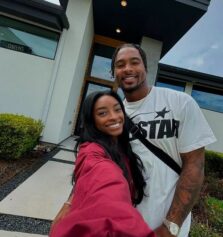By Jennifer Zabasajja
For Iddris Sandu, clothing is about more than keeping someone warm or making a fashion statement. The entrepreneur wants to build an ecosystem to track the origin, ownership history and real-time value of each piece. His fledgling LNQ brand includes a hoodie, sweater and clogs embedded with chip technology, which he says could also be used to open up new digital services.

Sandu is the 25-year-old founder of Spatial Labs, a software infrastructure company focused on web3 tools. SLabs, based in Marina del Rey, California, raised $4 million of pre-seed funding from Jay-Z’s Marcy Venture Partners and is working on a Series A funding round. But it’s not clear there is consumer demand for the products the company is creating, says Campbell Harvey, a finance professor at Duke University’s Fuqua School of Business, given that smartphones and watches already allow people to make purchases and gain admittance to events. “Everybody wants to use the word web3,” Harvey says. “In terms of my template of a successful business in the area, first I assess if this is a problem. Then, is the best way to solve this problem with blockchain technology?”
In an interview, Sandu discusses his idea. The conversation has been edited for clarity and length.
What is the problem you’re trying to address?
We feel we’re simplifying and authenticating products for consumers, and also allowing brands and creators to capture postsecondary sales through “royalties” earned on an item.
Why focus on physical assets?
The problem is that today, creators are not protected in the same way that the web has common licenses to protect people online. People are not protected as they sell physical products. There’s no way for them to be able to know who’s buying their items, as well as what it’s selling for. We’re giving people and brands the ability to know where your items are being sold, as well as capture some of those sales that you wouldn’t ordinarily be getting.
Our solution allows the traditional consumer to think about all of their everyday products—not just clothing, but the different objects that they buy throughout their days. We envision somebody going to a thrift store, tapping on items and being able to tell which person held this item and increase the value of that item over time. It breaks it down in a very simple way and demystifies all the speculation around NFTs [nonfungible tokens].
Whom are you targeting?
It’s the consumer that really wants to get immersed in the world of the blockchain but is a little too confused, with all the conversations around NFTs. The majority of people that hold NFTs today can only hold them to be able to have bragging rights. Objects that you own in the real world have fixed utility, meaning even if they didn’t have a digital value to them—or even if people weren’t willing to pay for that item, it would still have a function.
Why start with clothing?
Fashion is just our entrance into what we believe is the future: the metaverse of things. You’re accustomed to buying clothing all the time, but imagine if your clothing could now work for you and increase in value based on the interactions you’ve had and even people that have acquired that item before you did. All of that can be verified on the blockchain. So you could see who owned it, you could have the ability to use it to pay for things or get into events. Even if you decided to not use the LNQ ecosystem at all, it would still always give you that basic function of its fixed utility.
What does LNQ offer to brands?
Today, when you buy a product in the store, the only way for brands to collect data and network with you is through your email. LNQ One Chip gives brands an ability to see how their products are performing in real time, using chip technology. We’re also giving brands the ability to capture postsecondary sales of an item, irrespective of where it’s sold or where it ends up. We offer a number of data points around user segmentation and introduce a new model of royalties for brands and consumers within physical products. We’re also partnering with a number of beauty brands that are thinking about how they can use the technology to create unique experiences for their customers.




